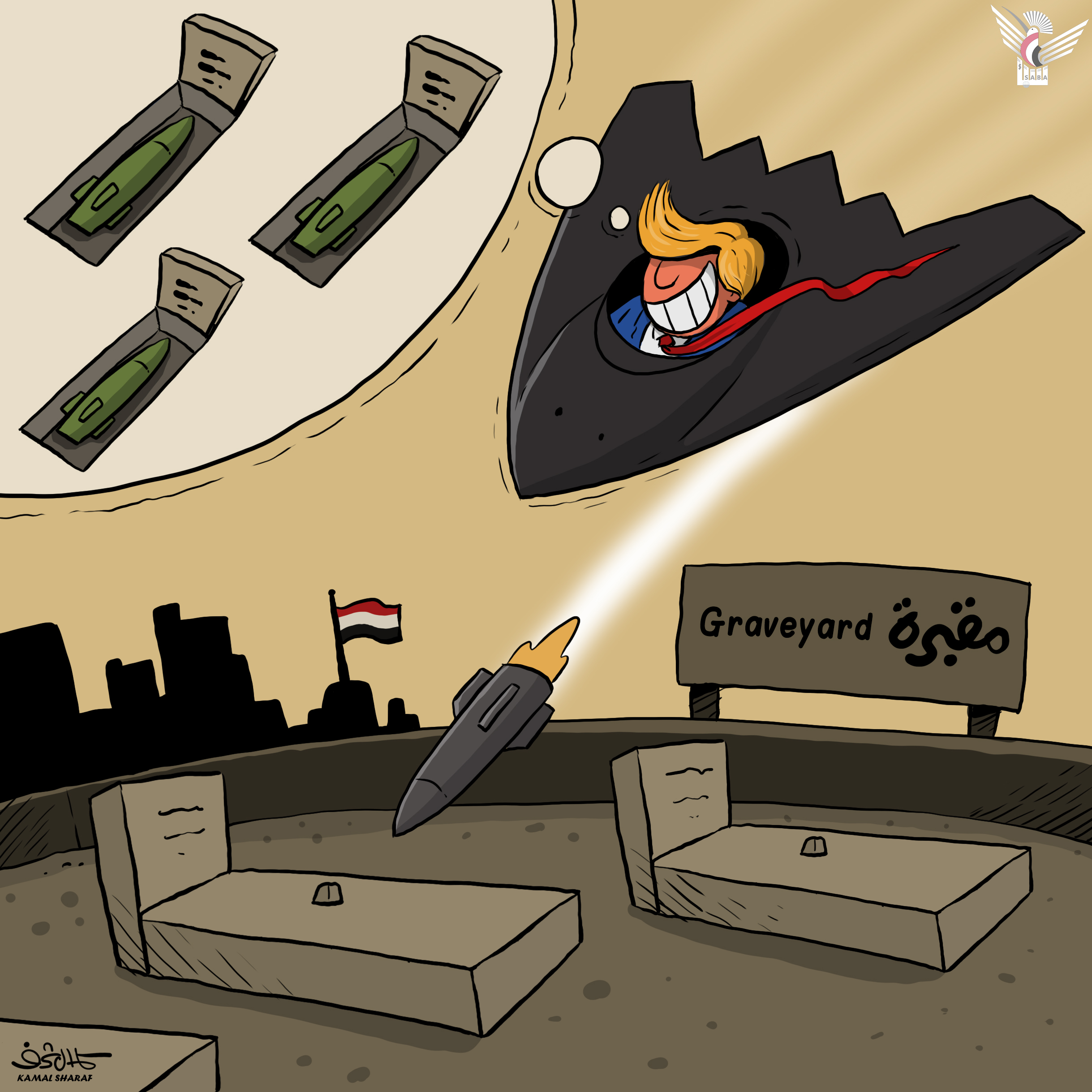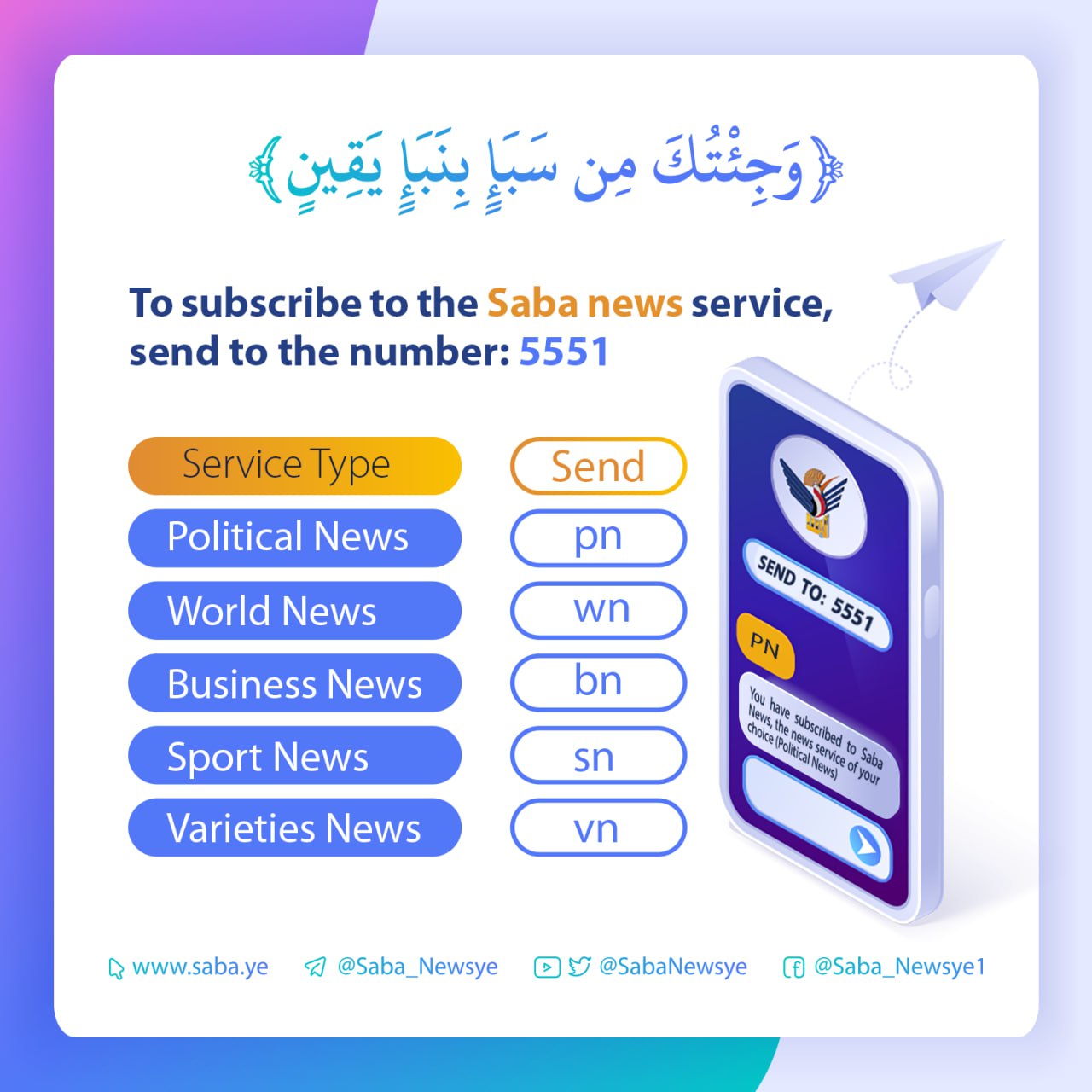Hajjah - Saba:
The Geology and Mineral Resources Sector in Hajjah Governorate achieved important steps in organizing and developing performance during the past year 1445 AH.
The branch of the Geological Survey and Mineral Resources Authority in the governorate was keen to develop and translate everything related to earth sciences and natural mineral resources in a way that benefits the country, the citizen and the public interest.
The branch contributed to accomplishing many tasks and works to develop performance and develop resources despite the scarcity of capabilities and collecting state revenues from mineral resources represented by industrial and construction rocks.
The branch intensified efforts during the past year to control random artisanal mining operations that violate the provisions of the Mines and Quarries Law, accompanied by work to organize mining operations according to the artisanal mining mechanism to preserve health and the environment and to preserve the rights of workers.
A number of studies were conducted in the field of rock collapses in a number of directorates and other geophysical studies using seismic imaging and electrical surveying techniques that provide an accurate picture of the layers under the surface of the earth and the extent of the presence of water in them.
A report issued by the Authority's branch in the governorate and received by the Yemeni News Agency (Saba) explained that the efforts made to organize artisanal mining and reduce random mining resulted in the identification of more than 142 laboratories and updating their data on a regular basis.
According to the report, the violating laboratories were seized and referred to the relevant authorities, with all evidence provided regarding the illegality of random mining and the follow-up of the competent authorities until rulings were issued regarding them.
The report stated that the mining pits in which work is being done and the number of workers in them were identified and their data updated on a regular basis and the artisanal mining mechanism was implemented and launched to organize these works in a way that ensures that they are subject to state oversight and its legal system and reduces random works.
The efforts made during the past year, according to the report, culminated in the launch of the artisanal mining mechanism in the directorates of Kaidna, Bani Qais and Aflah Al-Sham according to its regular stages and granting mining license cards to 230 workers in the aforementioned directorates.
Four special complexes were also equipped to process raw materials supplied by citizens working in the same directorates in addition to the directorate of Kushar.
Aflah Al-Sham
The report indicated the transfer of random factories in Aflah Al-Sham to a special mining complex to organize mining work under the supervision and control of the state and the implementation of a project to equip the infrastructure to operate the seized factories in the complex.
The report stated the launch of the work phase of the mechanism in the complex and the operation of 35 factories and the issuance of artisanal mining licenses for workers in mining drilling for 150 workers as a first stage and the completion of the documentary and accounting cycle program in the complex and the work of a study and designs for the retaining wall of the complex "and the suspension of 4 compressions".
The report indicated that the branch implemented awareness programs and activities on the damages of random mining to society, the environment and the national economy through a workshop for members of the local authority, the executive office, sheikhs, dignitaries, notables and geology graduates in the directorate, distributing brochures and stickers in this regard, multiple meetings and awareness field visits by geology teams.
Kasher, Qafl Shammar and Kahlan Ash-Sharaf
The branch of the Geological Survey and Mineral Resources Authority strengthened coordination with the security agencies and judicial authorities in the directorates of Qafl Shammar, Kahlan Ash-Sharaf and Kasher to follow up on the confiscation of the seized laboratories and not to operate them.
According to the report, the branch worked to activate the role of geological specialists from the sons of these directorates to update the data of the mining operations in the three directorates. It also focused on preparing a vision to reduce random mining in Kasher.
Ka'idna and Bani Qais
The report indicated that the branch absorbed 90 percent of the mining operations within the mining mechanism and granted practicing cards to 90 supervisors of workers in mining drilling, in addition to continuing to implement the mechanism in the authority's complex.
The branch also worked on installing an integrated solar energy system to operate one of the factories in Bani Qais and continuing the control work.
Control of crushers
The report indicated that the branch of the Geological Survey and Mineral Resources Authority strengthened control over 20 quarries, including 7 crushers for producing keri and helsen, 3 marble quarries, 7 granite quarries, 3 limestone, saw and double building stones, and 2 nes quarries.
The report stated that the productivity of granite crushers amounted to 891.46 cubic meters, 199.5 cubic meters of marble, 1,305 and a half cubic meters of saw stone, 4,410 cubic meters of double stone, 253,818 cubic meters of keri, in addition to 55,324 cubic meters of helsen, adding that the number of trucks transporting materials in the crushers and limestone sector amounted to 15,267 trucks.
Steadfastness and Persistence
According to the report, the branch contributed to strengthening the factors of steadfastness and perseverance by supporting convoys, summer courses, families of martyrs, caring for the wounded, and activities that consolidate the faith identity and Quranic culture.
The report referred to the active participation in marches, events, activities, and demonstrations, in support of the oppressed Palestinian people and their valiant resistance, and mobilization and mobilization within the framework of the national campaign to support Al-Aqsa.
While the branch director in the governorate, Muhammad Al-Qudami, explained that the efforts made during the past year 1445 AH resulted in the opening of the mining complex in Aflah Al-Sham and the launch of the second phase of the mining mechanism, which is a serious step and a qualitative leap in developing performance, preserving wealth, and reducing the cost for workers in the mining field, stressing the seriousness of the leadership in controlling illegal mining operations to limit the depletion of wealth and achieve optimal exploitation of it in a way that benefits society, the state, and the investment aspect in this sector and preserves wealth and the environment.
He added that controlling illegal mining operations was accompanied by the preparation and implementation of a precise mechanism for artisanal mining and organizing Citizens working in artisanal mining and granting them mining profession cards according to the Authority's plan, noting the importance of mining complexes to improve the level of performance, reduce the cost for workers in artisanal mining, increase production capacity, and obtain workers in this field their rights, and preserve these resources, the environment, and the health of miners, noting that work will be organized according to this mechanism and steps in areas where random mining is widespread in the future to achieve the desired goals in this regard.
He stressed the keenness to complete the second phase of the artisanal mining mechanism and establish complexes to organize mining work in the directorates in which complexes have not been established, expressing hope for the speedy provision of the necessary needs to complete the necessary infrastructure for the complex to achieve optimal benefit and achieve the public interest

| more of (Reports) |




